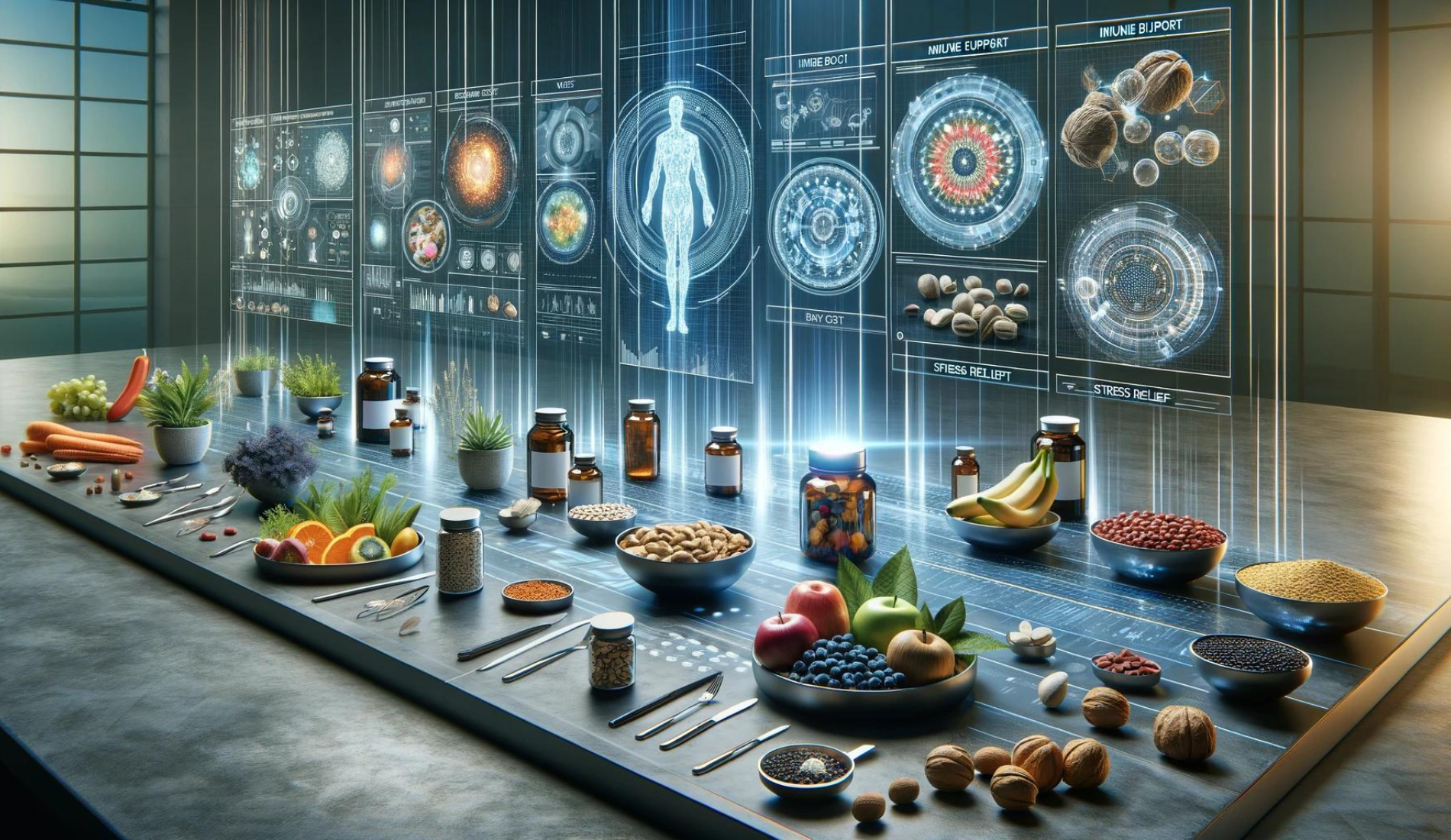Probiotics are Bacteria that Make Us Healthy, as Well as Fungi

Understanding Probiotics Beyond Bacteria:
Probiotics are often associated primarily with bacteria but include beneficial fungi. This broader understanding is essential for appreciating the full scope of probiotics' role in health.
Bacterial Probiotics:
- Common Strains: The most well-known probiotic bacteria include Lactobacillus and Bifidobacterium species.
- Health Benefits: These bacteria aid in digestion, support the immune system, and can help prevent and treat diarrhea, among other benefits.
Fungal Probiotics:
- Yeast as Probiotics: The most common probiotic fungus is Saccharomyces boulardii, a type of yeast.
- Unique Benefits: S. boulardii effectively treats and prevents various gastrointestinal disorders, including antibiotic-associated diarrhea and traveller's diarrhea. It may also have a role in managing inflammatory bowel diseases.
Synergistic Effects:
- Complementary Actions: Both bacterial and fungal probiotics work together to maintain a balanced gut microbiome.
- Broad Spectrum of Protection: Having a variety of probiotic organisms enhances the body's ability to maintain a healthy microbial balance and provides a broader range of health benefits.
Incorporation in Diet:
- Sources of Bacterial Probiotics: Bacterial probiotics are found in fermented foods like yogurt, kefir, sauerkraut, and kimchi.
- Sources of Fungal Probiotics: Probiotic yeasts are often consumed in supplement form but can also be found in some traditional fermented foods.
Role in Health and Disease:
- Digestive Health: Both bacterial and fungal probiotics contribute to a healthy digestive system.
- Immune Function: They play vital roles in modulating the immune system and protecting against pathogens.
- Potential in Treating Diseases:There is ongoing research into the role of probiotics in managing diseases beyond the gastrointestinal tract, including metabolic and neurological disorders.
Shop Probiotics
Conclusion: The world of probiotics encompasses diverse bacteria and fungi, each contributing uniquely to our health. Understanding the role of both bacterial and fungal probiotics is essential for harnessing their full potential in promoting health and preventing disease.
Disclaimer: This information is intended for educational purposes and should not replace professional medical advice. Consultation with healthcare professionals is recommended for personalized health guidance.
References:
- Ghareeb, K., Awad, W. A., & Bohm, J. (2015). Synergistic effects of probiotics and phytobiotics on the intestinal microflora and performance of broilers. Journal of Food, Agriculture & Environment, 13(2), 63-68.
- Böhm, J., Pohlenz, J. F., Rehman, A., & Starke, A. (2007). Enhanced efficacy of probiotic, prebiotic, and synbiotic feed additives in broiler nutrition: A review. Journal of Applied Poultry Research, 16(4), 448-457.
- McFarland, L. V. (2010). Systematic review and meta-analysis of Saccharomyces boulardii in adult patients. World Journal of Gastroenterology, 16(18), 2202-2222.
- Mayer, F. L., & Kronstad, J. W. (2017). Disarming fungal pathogens: Bacillus safensis inhibits virulence factor production and biofilm formation by Cryptococcus neoformans and Candida albicans. mBio, 8(5), e01537-17.




















